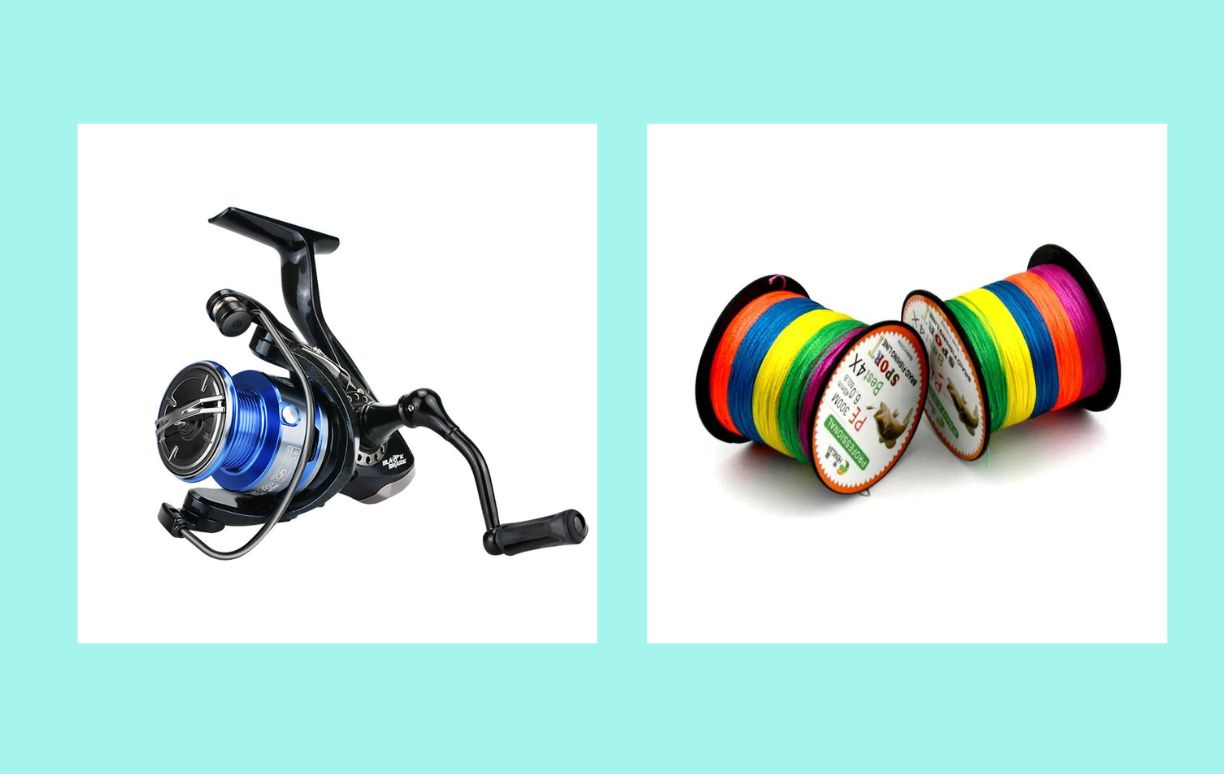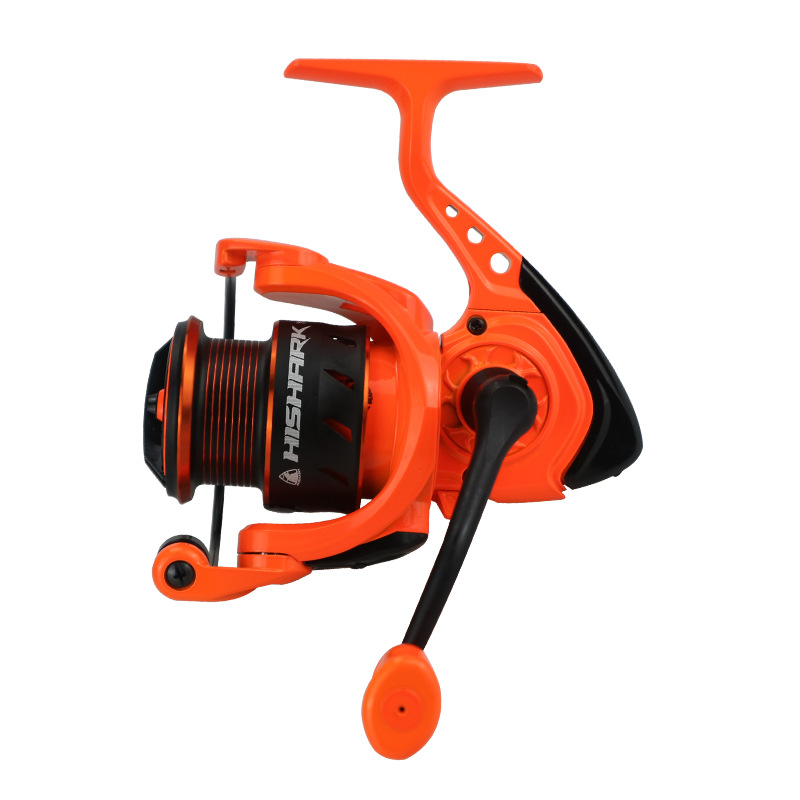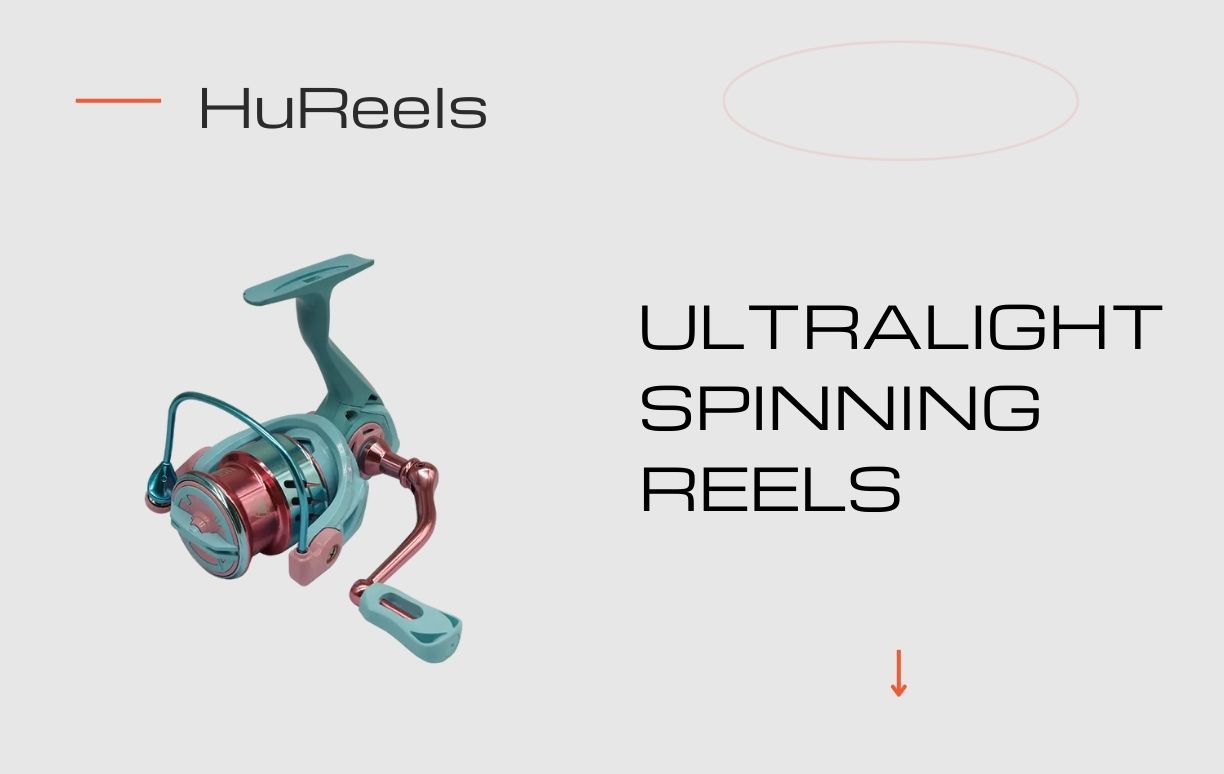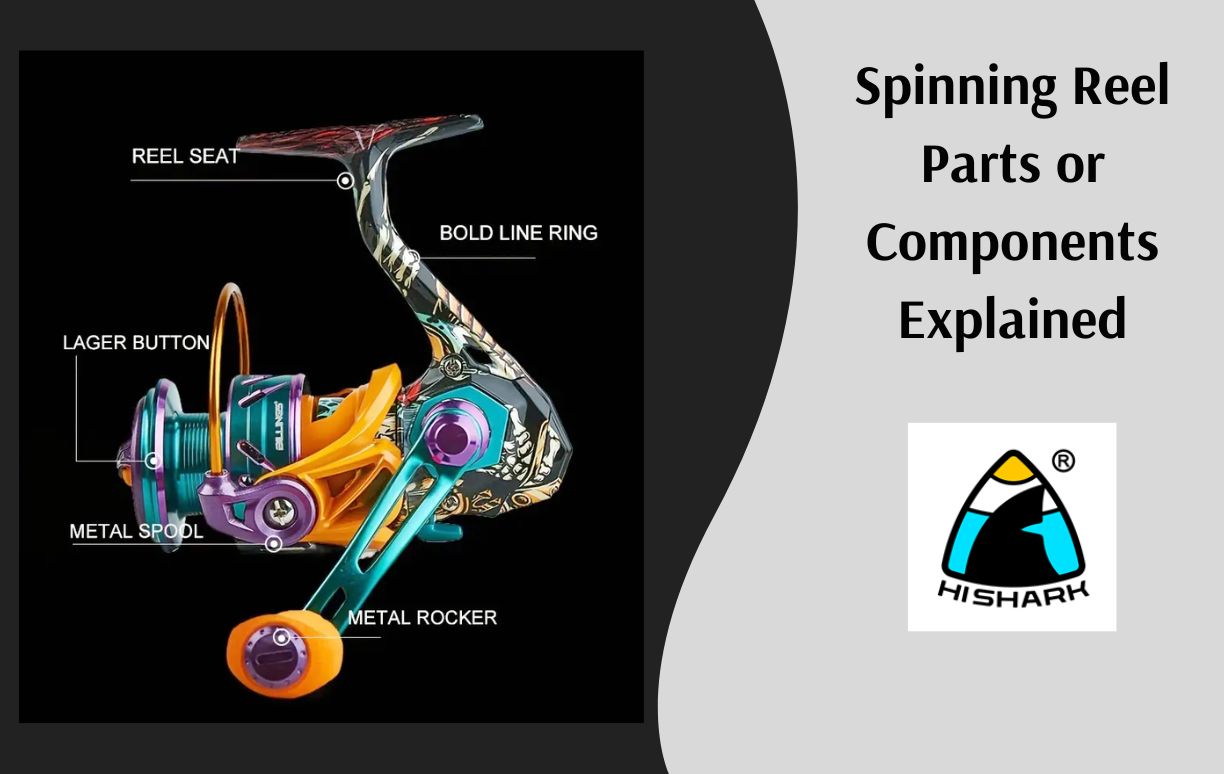Spinning Reel Line Capacity: Maximizing Your Gear
Spinning Reel Line Capacity: Maximizing Your Gear
August 29, 2024

line capacity for spinning fishing reels
When selecting a spinning reel, one of the most important factors to consider is its line capacity. The line capacity of a spinning reel determines how much fishing line it can hold, and this can significantly affect your fishing experience. Whether you’re targeting small freshwater species or large saltwater fish, understanding line capacity ensures you have the right equipment to handle the job. Let us know and express spinning reel line capacity.
- line capacity for spinning fishing reels
- What is Spinning Reel Line Capacity?
- Factors Affecting Line Capacity
- Why Line Capacity Matters
- Matching Line Capacity to Your Needs
- How to Read Spinning Reel Line Capacity Ratings
- Adjusting Line Capacity with Backing
- Balancing Line Capacity and Reel Size
- The Role of Drag System in Line Capacity
- Tips for Maximizing Line Capacity
- Summary of Spinning Reel Line Capacity
What is Spinning Reel Line Capacity?
Spinning reel line capacity refers to the amount of fishing line that can be wound onto a reel’s spool. It’s usually indicated in two parts: the pound test of the line and the corresponding length that the reel can hold. For example, a reel might be rated to hold 200 yards of 10-pound test monofilament line. This specification helps anglers choose the correct reel based on their fishing needs.
Factors Affecting Line Capacity
Several factors influence the line capacity of a spinning reel:
- Spool Size: Larger spools can hold more line. This is ideal for deep-sea fishing or when targeting larger fish that require longer runs.
- Line Diameter: Thicker lines take up more space on the spool. This means that using a higher pound test or a line with a larger diameter will reduce the overall line capacity.
- Line Type: Different types of lines—monofilament, fluorocarbon, and braided—have varying diameters even at the same pound test. Braided lines are thinner for their strength, allowing for more line on the spool.
- Fishing Conditions: In situations where you need more line, such as surf fishing or trolling, you’ll want a reel with a larger line capacity. Conversely, for shallow or smaller waters, a reel with less capacity may suffice.
Why Line Capacity Matters
Choosing a spinning reel with the appropriate line capacity is crucial for several reasons:
- Fish Size: Larger fish tend to make longer runs. If your reel doesn’t have enough line, you risk losing the fish or breaking the line.
- Casting Distance: More line on your reel can increase casting distance. This is particularly important in surf fishing where you need to reach beyond the breakers.
- Fishing Depth: In deep-sea fishing, having sufficient line capacity is necessary to reach the desired depths while leaving enough line for battling fish.
Matching Line Capacity to Your Needs
Different fishing scenarios call for different line capacities. Here’s how to match your reel’s line capacity with your fishing needs:
- Freshwater Fishing: For most freshwater fishing, a reel with a line capacity of 150-200 yards of 6-10 pound test line is sufficient. This is ideal for targeting species like bass, trout, and panfish.
- Inshore Saltwater Fishing: When fishing inshore, where species like redfish, snook, and sea trout are common, you’ll need a reel with a higher capacity, such as 200-300 yards of 10-15 pound test line.
- Offshore Saltwater Fishing: For larger species like tuna or marlin, you’ll need a reel with a much higher capacity. Look for spinning fishing reels that can hold 300-500 yards of 20-30 pound test line or more.
- Surf Fishing: Surf fishing demands a reel with significant line capacity to reach distant fish. A reel with a capacity of 250-350 yards of 12-20 pound test line is typically ideal.
How to Read Spinning Reel Line Capacity Ratings
Line capacity ratings are usually found on the reel’s spool or packaging. They might be listed as:
- Mono Capacity: Refers to monofilament line capacity.
- Braid Capacity: Refers to braided line capacity.
A typical rating might look like this: 10 lb / 200 yds, 15 lb / 150 yds, 20 lb / 100 yds. This means the reel can hold 200 yards of 10-pound test line, 150 yards of 15-pound test, or 100 yards of 20-pound test.
Adjusting Line Capacity with Backing
To optimize your reel’s performance, you can use backing—a layer of cheaper monofilament line beneath the main line. This practice serves several purposes:
- Increase Line Capacity: Adding backing allows you to fill the spool and add more of your main line.
- Prevent Slippage: Especially with braided line, backing prevents the line from slipping on the spool.
- Save Costs: Using backing reduces the amount of expensive line needed, as it fills space with cheaper line.
Balancing Line Capacity and Reel Size
While it might be tempting to go for the largest reel with the highest line capacity, it’s important to balance this with practicality:
- Weight: Larger reels with more line capacity are heavier, which can lead to fatigue during long fishing sessions.
- Rod Compatibility: Make sure the reel’s size and line capacity match the rod’s specifications. A mismatch can lead to poor performance and reduced casting distance.
- Target Species: Select a reel with a line capacity that matches the size of the fish you’re targeting. Overkill can result in unnecessary weight and bulk, while underestimating can lead to lost fish.
There is a great post on how to choose spinning reel sizes and you can find more information.
The Role of Drag System in Line Capacity
While line capacity is crucial, the drag system plays an equally important role. A smooth drag ensures that when a fish runs, the line doesn’t break. Properly set drag allows you to fight fish effectively, even with less line on the reel.
- Matching Drag to Line Capacity: Ensure that your drag setting corresponds to the line’s pound test. A good rule of thumb is to set the drag at one-third of the line’s breaking strength.
- Drag Smoothness: A smooth drag helps in maintaining line integrity, especially when dealing with long runs from large fish.
Tips for Maximizing Line Capacity
To get the most out of your spinning reel’s line capacity, consider these tips:
- Use Braided Line: Braided line offers higher strength with a smaller diameter, allowing more line on the spool.
- Fill the Spool Properly: Don’t underfill or overfill the spool. The line should be within 1/8 inch of the spool’s edge to maximize capacity without risking line tangles.
- Avoid Line Twist: When spooling line onto your reel, avoid twisting. Line twists can reduce casting distance and cause knots, which may waste valuable line.
- Regularly Check and Replace Line: Old or damaged line can take up more space on the spool and weaken over time. Regularly replace the line to ensure optimal capacity and performance.
You will see another article about how to spool a spinning reel and there is something interesting and useful over there.
Summary of Spinning Reel Line Capacity
Understanding spinning reel line capacity is essential for maximizing your fishing experience. By matching the reel’s capacity with your target species and fishing conditions, you can enhance your chances of success. Whether you’re battling a trophy fish offshore or casting in a local pond, the right line capacity ensures you’re prepared for the challenge. With the right knowledge and equipment, you can make the most out of your time on the water, confident that your reel is ready for whatever comes your way.


















